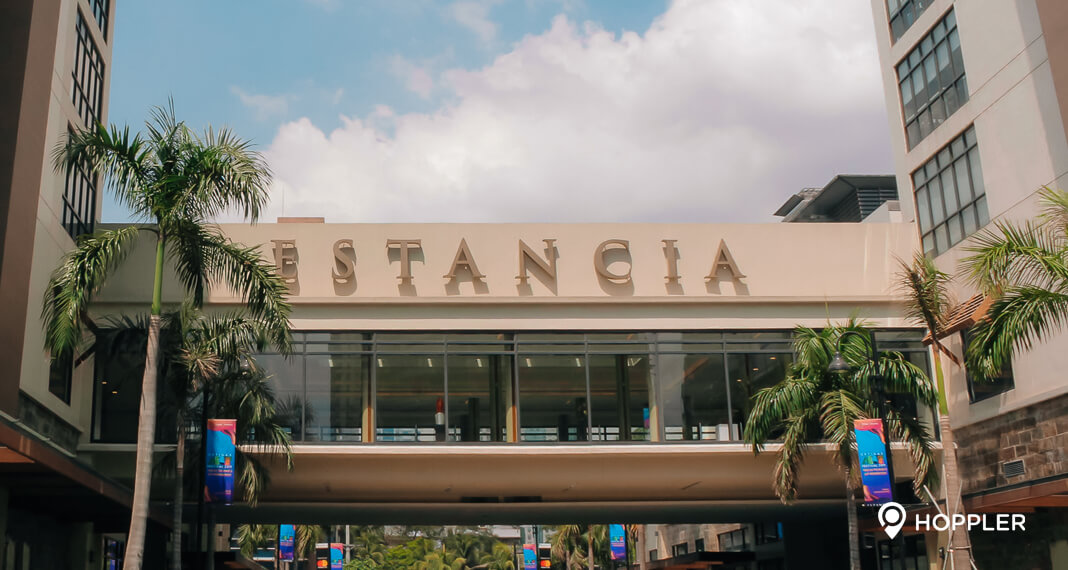Three Historical Landmarks in Taguig
Taguig is one of the oldest cities in the Philippines. Before it became a highly-urbanized city that houses many high-rise residential towers, world-class hotels, and popular lifestyle centers, it was once a site for fishing and farming. Taguig is rich in history and has historical landmarks that make it an impressive city that can withstand any adversity and change.
Manila American Cemetery and Memorial
Set in a 152-acre land and the largest among the cemeteries in various parts of the world managed by the American Battle Monuments Commission, Manila American Cemetery and Memorial is the resting place of Americans and some Filipinos who lost their lives during World War II. Thousands of white marble cross headstones arranged in curved patterns make the site look like a well-manicured garden. At the end of the memorial park is a circular structure. It has columns where the names of the missing people were inscribed.
The Manila American Cemetery and Memorial is a heartfelt tribute to those who died heroically defending their nation and the world. The cemetery is open to the public daily except December 25 and January 1. Guests who want to pay their respect can visit from 9 AM to 5 PM. A valid ID with photo is required for entrance.
Archdiocesan Shrine of St. Anne
Popular as St. Anne Church, the Archdiocesan Shrine of St. Anne is located in Barangay Sta. Ana, Taguig. Built in 1587 by Augustinian friars, it is one of the oldest churches in the Philippines. It has experienced multiple damages from earthquakes, but reconstruction was always done to preserve the concrete structure.
St. Anne Church now has a museum, Museo De Sta. Ana, which contains religious relics and is a repository of articles describing the religious culture and history of Taguig. The National Historical Commission of the Philippines placed a historical marker on St. Anne Church on July 25, 1987, to declare the house of worship as a historic site and a cultural property.
Parola
Located at Napindan, Taguig, the centuries-old Parola – or simply lighthouse in English – was a secret rendezvous point of Katipunan members. Built in the 17th century, it was a strategic and an accessible station from Tondo, Manila, and from the Municipals along the Pasig River and the Province of Laguna. The lighthouse served as a refuge and was chosen by Katipunan leader and one of the best heroes in the country, Gat Andres Bonifacio.
Taguig has made major contributions to Philippine history and those contributions are preserved in the form of these historical landmarks.
Looking for a condo for rent in BGC? View our properties today!
Cover photo source: thousandwonders.net



